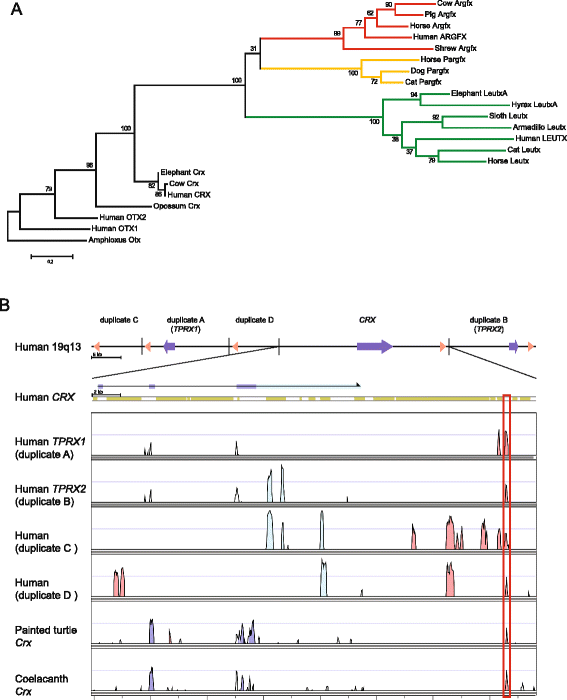



“It appears that this is possible by changing the epigenome even more than is done for reprogramming, mouse cells can be pushed back to the first day of development- the 2 cell stage. “Induced pluripotent stem cells are equivalent to mouse embryonic cells at about 3-4 days of development, and we have wondered if cells could be pushed further to an even earlier stage of development,” said Loring, who researches IPS cells. Such influences which do not change the sequence, are referred to as epigenetic. Scientists have been tinkering with the basic formula, discovered in 2006, to increase the efficiency.Īccording to the study, the state of histone and chromatin, which associate with DNA but do not alter its underlying sequence, influences that reprogramming.
TOTIPOTENT CELL SKIN
Reprogramming skin cells back to the pluripotent state involves adding certain chemicals and genes that cause the cells to regress to an embryonic-like state. IPS cells from Alzheimer’s patients have been grown into brain cells, giving researchers a closer look at the disease than is normally possible. They’re also used as “disease in a dish” models to study the disease process in cells otherwise hard to obtain. Stem cell researchers such as Loring are exploring the use of pluripotent cells as sources of replacement tissue for diseased organs. Jeanne Loring, a stem cell scientist who heads the Center for Regenerative Medicine at The Scripps Research Institute, said the finding is “exciting,” in part because of this possibility.


 0 kommentar(er)
0 kommentar(er)
